Surging Ankeny displaces West Des Moines as largest metro suburb
Ankeny is now Des Moines' biggest suburb, the latest U.S. Census Bureau data shows.
Long one of the country's fastest-growing cities, Ankeny added another 2,400 residents from April 2020 to July 2021, according to the census' vintage data series estimates, released Thursday. Those additional residents put the city's population at 70,287, making it the second-largest in the metro behind Des Moines proper.
Ankeny surpassed West Des Moines, which added about 1,000 residents from April 2020 to July 2021, putting the city's population at 69,792.
The Census Bureau makes its vintage data estimates every year based on administrative information, such as recorded births and deaths in a community. To make an updated annual estimate, statisticians add the latest administrative data to the population total from the most recent decennial census count — from the spring of 2020.
More: As Ankeny's growth surges north, could rural Polk County homeowners stand in the way?
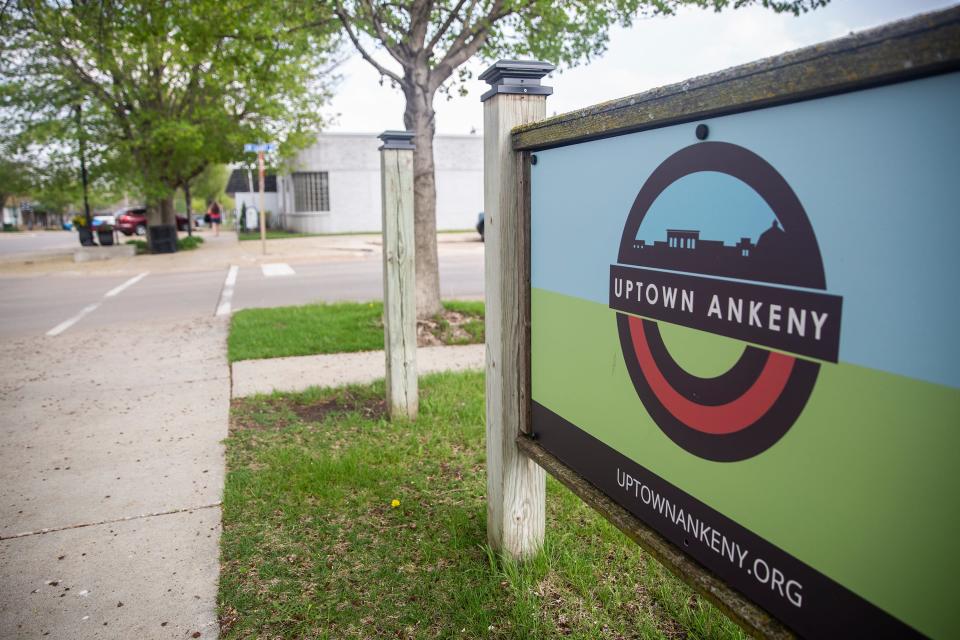
Under the census bureau's current definition of the metro, which has expanded over the years, West Des Moines had been Des Moines' most populous suburb since at least 1970. Within the core counties — Polk, Dallas and Warren — it had been the largest suburb for at least a century.
With the exception of the Great Depression years of the 1930s, Ankeny's growth has been rapid almost since its incorporation in 1903. In the 1950s and '60s, as suburban development took off in the Des Moines area, Ankeny saw triple-digit percentage growth.
Its growth since then has slowed, but only in relative terms. From 2000 to 2020, it more than doubled in size and now ranks sixth among Iowa's largest cities.
More: On the Des Moines metro's fringes, exurban areas are seeing massive growth
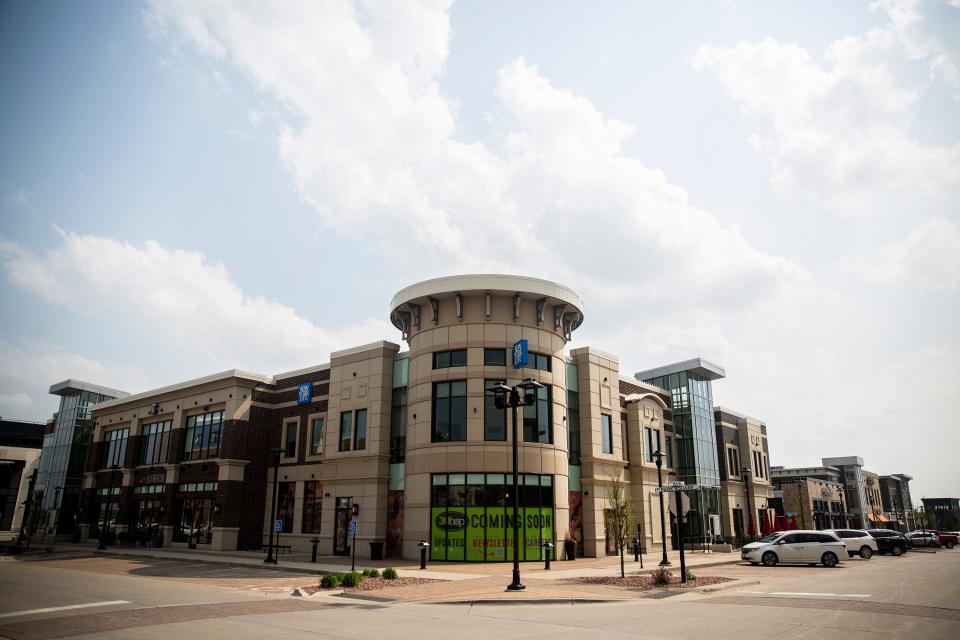
West Des Moines remains an important economic center for the metro, with developments including the Jordan Creek Town Center and employers including Wells Fargo, Athene USA and the headquarters of Hy-Vee. But Ankeny has its own booming commercial districts, including the District at Prairie Trail and major employers including Deere & Co.'s Des Moines Works and the headquarters of Casey's General Stores, one of the nation's largest convenience store chains
It also boasts of two of the highest-achieving high schools in Iowa: Ankeny and Ankeny Centennial.
“Ankeny is a special place," City Manager David Jones said a news release. "We have an independent community spirit; our residents enjoy a safe community, an active lifestyle and thriving businesses. We offer quality municipal services, leading school districts and easy connectivity to a vibrant region.”
Here are some other key takeaways from the latest census data.
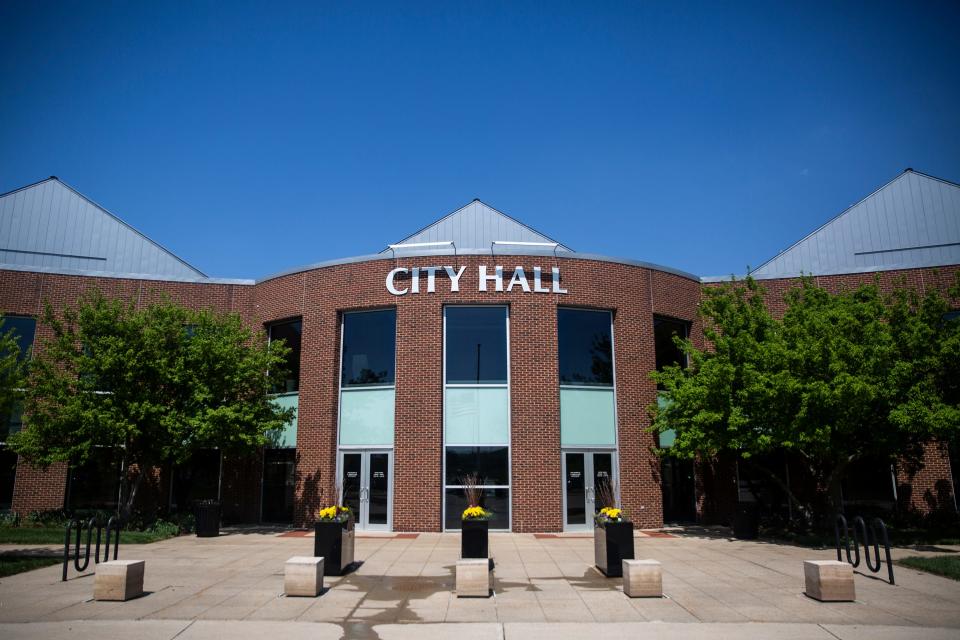
Des Moines is still the Midwest's fastest-growing metro
The metropolitan statistical area that covers Dallas, Guthrie, Jasper, Madison, Polk and Warren counties continues to be the fastest major growth center in the Midwest.
The Des Moines metro added about 9,700 residents from April 2020 to July 2021, a 1.4% increase, putting Des Moines among the top 20% of fastest-growing metros. It ranked 74th in population among metropolitan statistical areas in the United States.
In the Midwest, it added population at twice the rate of the second-fastest growing metro, Indianapolis, which saw a 0.7% population increase.
Of the 16 Midwestern metros in the nation's top 100, Des Moines was one of eight that gained residents.
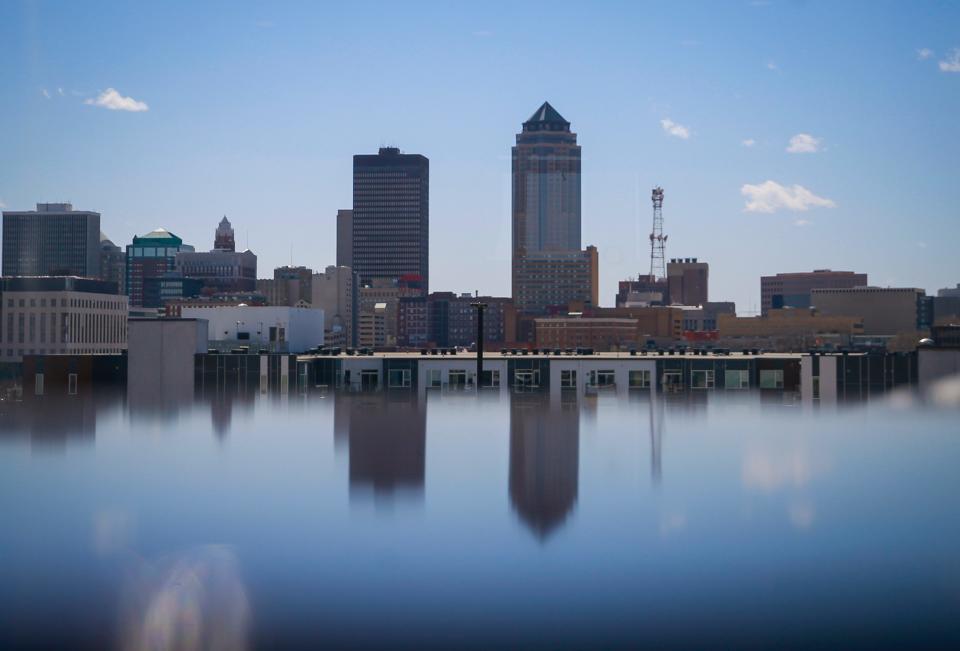
Chicago, on the other hand, lost 1.1% of its population, and Cleveland and Detroit lost 0.6%.
More: How the Des Moines metro's booming population helped it become the 'Goldilocks' of the Midwest
Population in Des Moines proper continues to slip
While the Des Moines metro continues to expand, its core city, Des Moines, is losing residents.
The city's population decreased by 2,100 from April 2020 to July 2021. That is a 1% population drop, the biggest decrease of any city in Iowa with at least 50,000 residents.
Other cities to lose residents include:
Cedar Rapids, losing 1,200, a 0.9% drop
Dubuque, losing 520, a 0.9% drop
Waterloo. losing 510, a 0.8% drop
Davenport, losing 720, a 0.7% drop
Council Bluffs, losing 290, a 0.5% drop
Sioux City, losing 115, a 0.1% drop
Ankeny and West Des Moines continued to be some of the fastest-growing cities in the country. Ankeny's growth rate ranked 49th among U.S. cities with at least 50,000 residents, putting it in the top 6%. West Des Moines' growth rate put it in the top 17%.
Iowa's two largest college towns were the other main growers. Ames added 470 residents, a 0.7% increase. Iowa City added 220 residents, a 0.3% increase.
Most Iowa micropolitans are still losing residents
Of Iowa's 15 micropolitan statistical areas, defined as having populations of 10,000 to 50,000, only four gained residents from April 2020 to July 2021:
Spirit Lake, which added 150, a 0.8% increase
Fort Dodge, which added 150, a 0.4% increase
Spencer, which added 55, a 0.3% increase
Clinton, which added three residents
More: How 3 Iowa towns are getting smaller but smarter through Iowa State program
The micropolitan areas that shed the most residents were:
Muscatine, losing 550, a 1.3% drop
Burlington, losing 490, a 1.1% drop
Mason City, losing 480, a 0.9% drop
Oskaloosa, losing 205, a 0.9% drop
Fort Madison-Keokuk, losing 450, a 0.8% drop
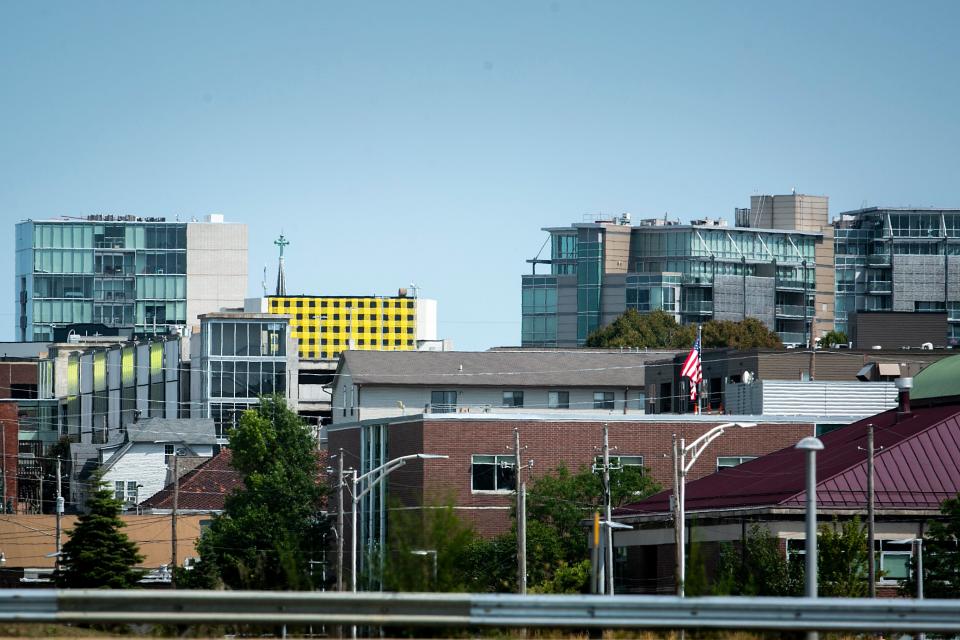
Which Iowa counties gained or lost the most people?
The counties that saw the biggest growth were in the Des Moines metro or contained the two largest college towns, Iowa City in Johnson County and Ames in Story County. They were:
Dallas, which added 4,100 residents, a 4.1% increase
Warren, which added 1,000 residents, a 1.9% increase
Madison, which added 225 residents, a 1.4% increase
Polk , which added 4,400 residents, a 0.9% increase.
Johnson added 1,900 residents, a 1.2% increase; and Story added 935, a 0.9% increase
The counties that lost the greatest share of their residents were:
Monona County, down 175, a 2% decrease
Kossuth County down 300, a 2% decrease
Crawford County, down 330, a 2% decrease
Adams County, down 60, a 1.7% decrease
Tama County, down 270, a 1.6% decrease
Data shows how COVID-19 redistributed population
Thursday's data provides the first solid estimate of how the COVID-19 pandemic helped shift population around the country, with some of the country's biggest cities seeing step drops.
New York City lost 337,000 residents from April 2020 to July 2021, the pandemic's first 15 months, a 4% drop. San Francisco lost 59,000, a 7% population drop. Chicago lost 51,000, a 2% drop.
Some southwestern cities saw the biggest increases in population. San Antonio added 17,600 residents, a 2% gain. Fort Worth, Texas, added 17,100, a 2% gain. Phoenix added 16,800, a 1% gain.
Staff writer Chris Higgins contributed to this article.
Tyler Jett covers jobs and the economy for the Des Moines Register. Reach him at tjett@registermedia.com, 515-284-8215, or on Twitter at @LetsJett.
This article originally appeared on Des Moines Register: Ankeny, Iowa, passes West Des Moines in 2021 as metro's biggest suburb

